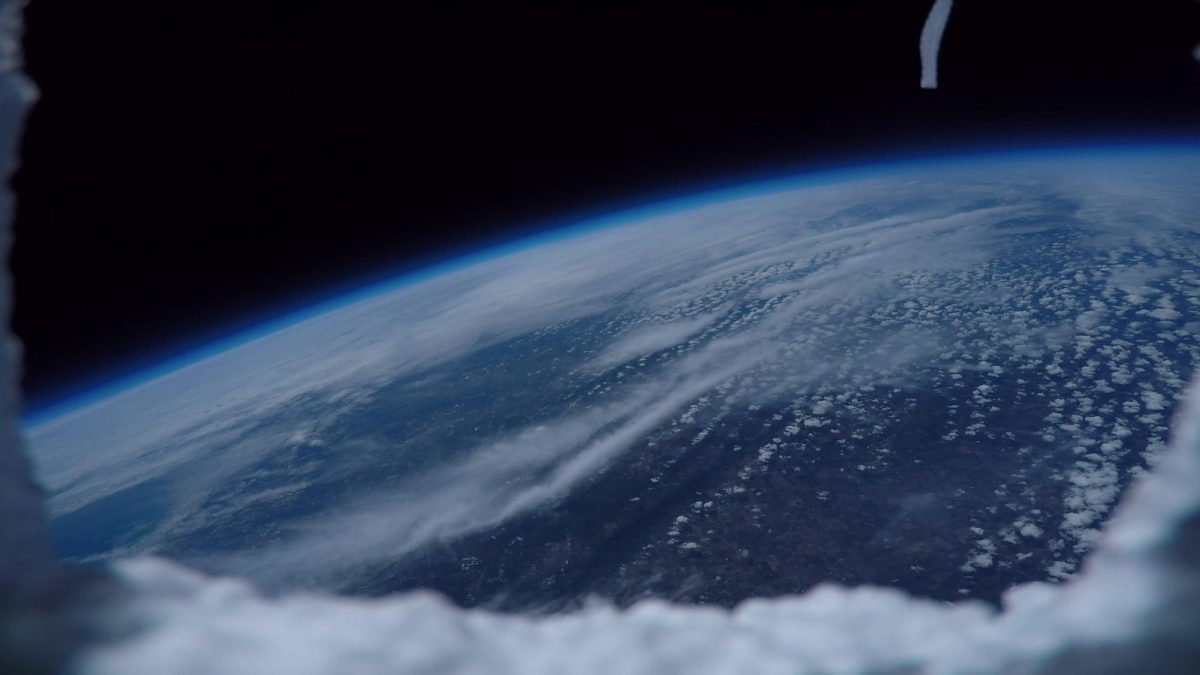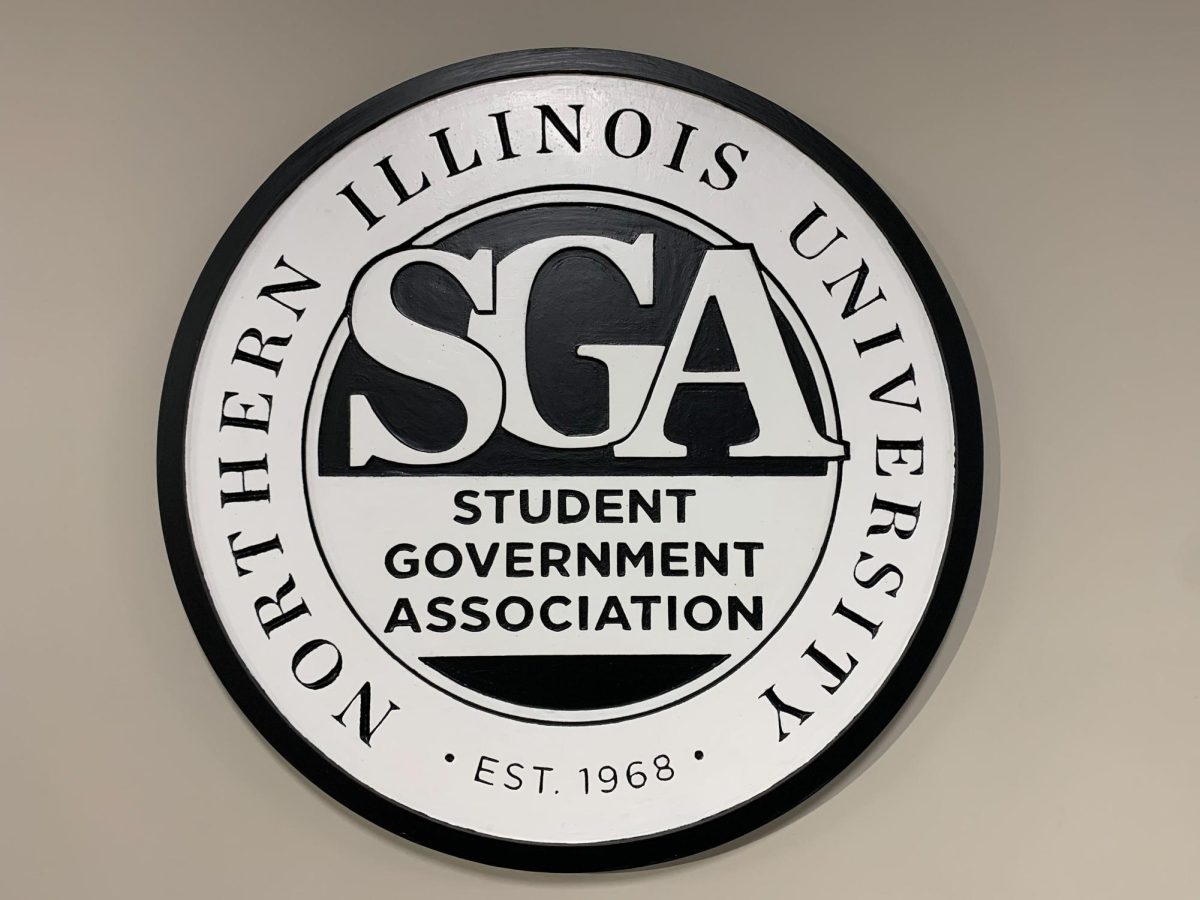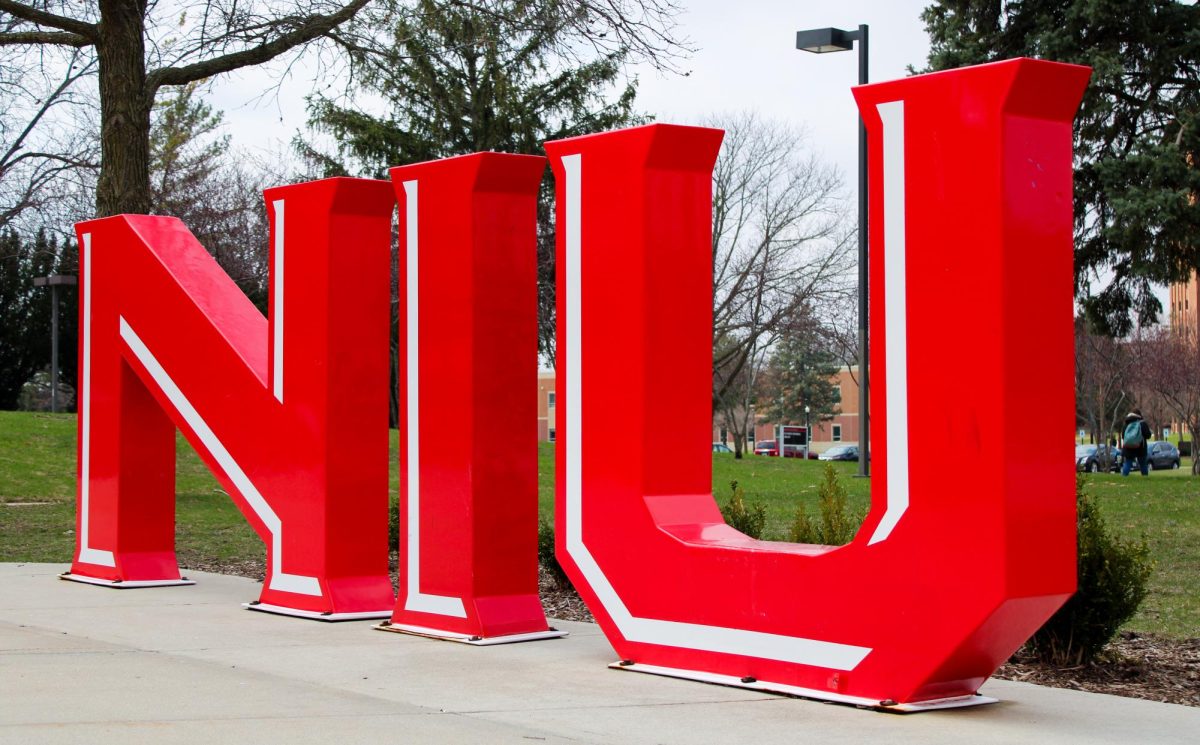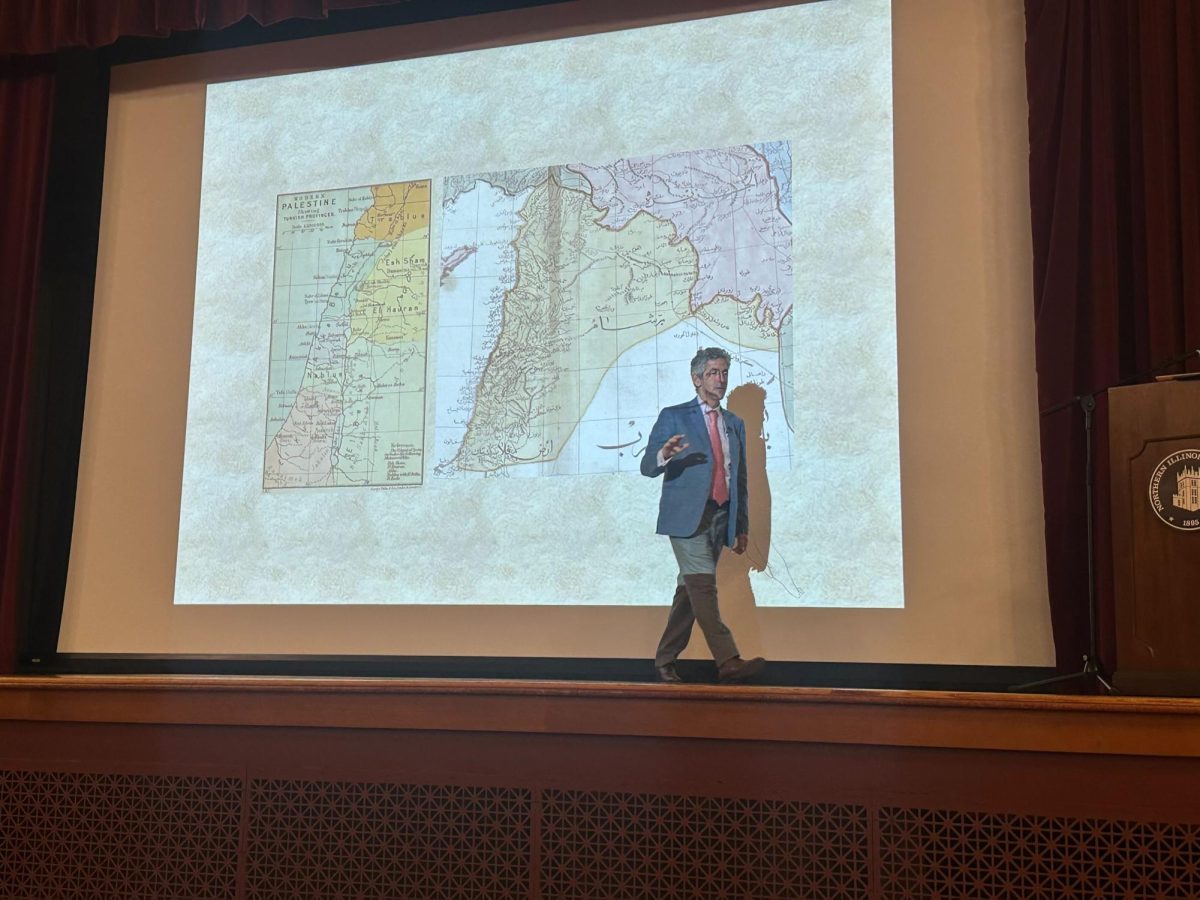DeKALB – NIU student group Proxima Centauri Alpha (PCA) successfully launched a weather balloon more than 112,000 feet above DeKalb and retrieved it from an NIU alumni’s back yard.
The balloon was launched at 10:30 a.m. on May 3 from Huskie Stadium and climbed at a rate of approximately 5 meters per second for 45 minutes before bursting, according to the PCA.
The balloon landed in the backyard of NIU alum Justan Adakian in McHenry County, who called the phone number on the balloon within a few days to return it.
NIU physics professor Dennis Brown joined the students in retrieving the balloon and donated $100 to Adakian on behalf of the physics department.
In total, 15 students collaborated on the project with the goal of collecting temperature, humidity, pressure and radiation readings from the upper stratosphere. Data was collected during the balloon’s initial ascension, as well as in the upper stratosphere at the apex of the ascent.
The 1,500-gram high-altitude weather balloon was equipped with a GoPro camera which livestreamed the event to the group’s YouTube channel.
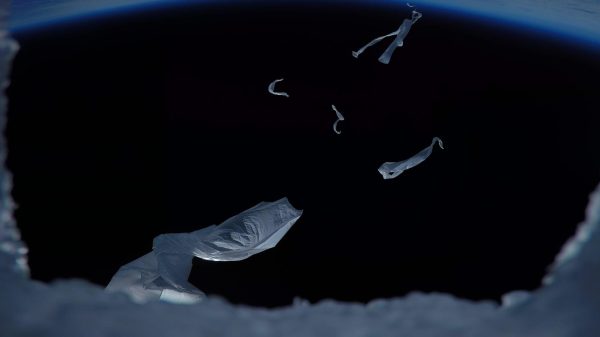
“In very few instances do undergraduates do these types of things,” PCA President and Founder Charlie Vazquez Acosta said. “PCA members are some of the most dedicated, some of the most intelligent, some of the most committed students. If anybody can do something like that, it’s going to be this group of NIU students.”
The students customized Raspberry Pi computers to create sensors which measured temperature and humidity. A Raspberry Pi is a low cost, credit-card sized computer often used for hardware projects, robotics, automation and more.
“We were worried that perhaps the conditions in space were going to be too cold, the pressure was going to be too low and it was going to affect the instruments,” Vazquez Acosta said. “We tried our best to insulate the payload, the materials and fortunately everything worked out well.”
The group correctly predicted the temperatures, humidity and pressure of the stratosphere, but had issues with the GPS and geiger counter.
PCA plans to repeat the project on a yearly basis, seeking to improve aspects of the balloon with each trial.
“We actually are very thankful for all the departments and programs that helped us get started and just get together,” Vazquez Acosta said. “Because ultimately, our main goal was to make a space for STEM students to come together and work on some serious STEM projects.”
Vazquez Acosta emphasized the importance of encouraging collaboration and creative problem-solving outside of the classroom.
“The point of doing all of this is to give the members an opportunity to put what they learn in the classroom to real-world application,” Vasquez Acosta said.
Junior mechanical engineering major Brette Hall, who helped with designing and planning for the weather balloon, said the project helped improve his proficiency at coding.
“That’s why I’m in this group, because I want to learn more coding,” Hall said. “I was amazed at what our group was able to accomplish.”
PCA encourages any students interested in joining to reach out to Chief of Operations John Saracco at [email protected]. The group prefers members with at least a 3.5 GPA but will consider any applicants with a 2.5 GPA or higher.


